Download the official CUET Agriculture Syllabus 2026 PDF and explore all topics including Crop Production, Soil Science, Horticulture, Plant Breeding, Animal Husbandry, and Agricultural Economics. Prepare efficiently for CUET UG agriculture programs with a complete syllabus guide.
Table of Contents
The CUET Agriculture Syllabus 2026 is designed to test candidates’ understanding of agricultural sciences and related interdisciplinary concepts at the Class 11 and 12 level. It covers key areas such as Crop Production and Management, Soil Science, Horticulture, Plant Breeding and Genetics, Animal Husbandry, Agricultural Economics, and Farm Management. Aspirants preparing for CUET Agriculture can now download the official syllabus PDF to plan their preparation effectively, ensuring they cover all important topics for a high score and smooth admission into agriculture programs in top universities.
CUET Agriculture Syllabus 2026 PDF Download
CUET agriculture syllabus 2026 consists of various topics regarding Indian agriculture and farming like plant production, animal production etc. Examinees can find the CUET Agriculture Syllabus 2026 PDF along with CUET Chapter Wise Weightage tabulated below.
| Particulars | Download Link |
|---|---|
| CUET Agriculture Syllabus 2026 PDF | Download Now |
Also Check: CUET Syllabus 2026
CUET Agriculture Syllabus 2026
There are various topics in CUET agriculture syllabus 2026 like horticulture, plant production etc. Students can go through unit wise CUET agriculture syllabus 2026 given below.
Unit-1: Agrometeorology, Genetics and Plant Breeding, Biochemistry and Microbiology
- Agrometeorology: Elements of Weather-rainfall, temperature, humidity, wind velocity, Sunshine weather forecasting, climate change about crop production.
- Genetics & Plant Breeding:
(a) Cell and its structure, cell division-mitosis and meiosis and their significance
(b) Organisation of the genetic materials in chromosomes, DNA and RNA
(c) Mendel's laws of inheritance. Reasons for Mendel's success in his experiments include the absence of linkage in Mendel's experiments.
(d) Quantitative inheritance, continuous and discontinuous variation in plants.
(e) Monogenic and polygenic inheritance.
(f) Role of Genetics in Plant breeding, self and cross-pollinated crops, breeding methods in field crops-introduction, selection, hybridisation, mutation and polyploidy, tissue and cell culture.
(g) Plant Biotechnology definition and scope in crop production.
- Biochemistry: pH and buffers, Classification and nomenclature of carbohydrates, proteins, lipids, vitamins, and enzymes.
- Microbiology: Microbial cell structure, Microorganisms- Algae, Bacteria, Fungi, Actinomycetes, Protozoa, and Viruses. Role of microorganisms in respiration, fermentation, and organic matter decomposition
Also Read: CUET Exam Day Guidelines
Unit-2: Livestock Production
- Scope and Importance:
(a) The importance of livestock in agriculture and industry is the same as in the White Revolution in India.
(b) Important breeds are Indian and exotic, as well as the distribution of cows, buffaloes, and poultry in India.
- Care and Management:
(a) Systems of cattle and poultry housing
(b) Principles of feeding, feeding practices
(c) Balanced ration definition and ingredients.
(d) Management of calves, bullocks, pregnant and milch animals, chicks, cockerels and layers, and poultry.
(e) Signs of sick animals, symptoms of common diseases in cattle and poultry, Rinderpest, black quarter, foot and mouth, mastitis and hemorrhagic septicemia coccidiosis, Fowl pox and Ranikhet disease, their prevention, and control.
(f) Artificial Insemination: Reproductive organs, collection, dilution, and preservation of semen and artificial insemination. What is the role of artificial insemination in cattle improvement? Livestock Products: Processing and marketing of milk and Milk products.
Also Read: CUET Chapterwise Weightage 2026
Unit-3: Crop Production
- Introduction:
(a) Targets and achievements in foodgrain production in India since independence and its future projections, sustainable crop production, commercialisation of agriculture and its scope in India.
(b) Classify field crops based on their utility, such as cereals, pulses, oils, seeds, fibre, sugar, and forage crops.
- Soil, Soil fertility, Fertilisers and Manures:
(a) Soil, soil pH, texture, soil structure, soil organisms, soil tilth, soil fertility and soil health. (b) Essential plant nutrients, their functions and deficiency symptoms.
(c) Soil types of India and their characteristics.
(d) Organic manure and common fertilisers, including straight, complex fertiliser mixtures and biofertilizers; integrated nutrient management system.
Also Check: CUET Domain Subjects 2026: Check Complete List
- Irrigation and Drainage:
(a) Sources of irrigation (rain, canals, tanks, rivers, wells, tubewells).
(b) Scheduling of irrigation is based on critical stages of growth, time intervals, soil moisture content, and weather parameters.
(c) Water requirement of crops.
(d) Methods of irrigation and drainage.
(e) Watershed management
- Weed Control: Principles of weed control, methods of weed control (cultural, mechanical, chemical, biological, and Integrated weed management).
- Crops: Seedbed preparation, seed treatment, time and method of sowing/planting, seed rate; dose, method, and time of fertiliser application, irrigation; intercultural and weed control; common pests and diseases caused by bacteria, fungi viruses, and nematode and their control, integrated pest management, harvesting, threshing, post-harvest.
- Technology: storage, processing, and marketing of significant field crops-Rice, wheat, maise, sorghum, pearl millet, groundnut, mustard, pigeon-pea, gram, sugarcane, cotton, and berseem.
Also Read: CUET Preparation Tips 2026
Unit-4: Horticulture
- Importance of fruits and vegetables in the human diet, Crop diversification & processing Industry.
- Orchard- location and layout, ornamental gardening, and kitchen garden.
- Planting system, training, pruning, intercropping, protection from frost and sunburn.
- Trees, shrubs, climbers, annuals, perennials-definition, and examples. Propagation by seed, cutting, budding, layering, and grafting.
- Cultivation practices, processing, and marketing of (i) Fruits – mango, papaya, banana, guava, citrus, grapes. (ii) Vegetables – Radish, carrot, potato, onion, cauliflower, brinjal, tomato, spinach, and cabbage. (iii) Flowers – Gladiolus, canna, chrysanthemums, roses and marigolds. (f) Principles and methods of fruit and vegetable preservation. (g) Prepare jellies, jams, ketchup, chips, and packing.
Also Read: CUET General Test Syllabus (Chapter Wise) - Download PDF
CUET Agriculture Syllabus Exam Pattern 2026
The exam pattern of CUET Agriculture paper consists of 50 questions of 200 marks. Candidates can go through the detailed exam pattern stated below.
| Particulars | CUET Agriculture Exam Pattern |
|---|---|
| Exam Name | CUET Agriculture Science Exam |
| Total Number of Questions | 50 |
| Total Compulsory Questions | 40 |
| Total Marks | 200 |
| Total Duration of the Exam | 45 Minutes |
| Exam Mode | Computer-based mode |
| Marking Scheme | +5 marks for each correct answer-1 for each incorrect answerNo marks is deducted for unanswered questions |
Also Read: CUET Colleges List - All Universities Accepting CUET Score
Best Books for CUET Agriculture Exam 2026
Students can practise from numerous books for the CUET Agriculture examination available online and offline. Some of the best books recommended by toppers include the Class XII NCERT Agriculture Textbook of NCERT, Agriculture at a Glance by R. K. Sharma etc. Students can find the best books for the CUET Agriculture exam given below.
| Particulars | Author Name |
|---|---|
| ICAR AIEEA UG (Popular Master Guide | R. Gupta’s |
| Agriculture at a Glance | R. K. Sharma |
| Fundamentals of Agriculture | R. K. Sharma |
| Class XII NCERT Agriculture Textbook | NCERT |
Also Check: CUET Courses List 2026: Eligibility and Colleges for UG & PG
Conclusion
The CUET Agriculture Syllabus 2026 provides a clear roadmap for aspirants aiming for admission into top agricultural programs across central, state, and private universities. By covering key topics like Crop Production, Soil Science, Horticulture, Plant Breeding, Animal Husbandry, and Agricultural Economics, students can ensure comprehensive preparation for the exam. Downloading the official syllabus PDF and following a structured study plan will help candidates focus on important areas, practice effectively, and improve their chances of scoring well in CUET 2026.












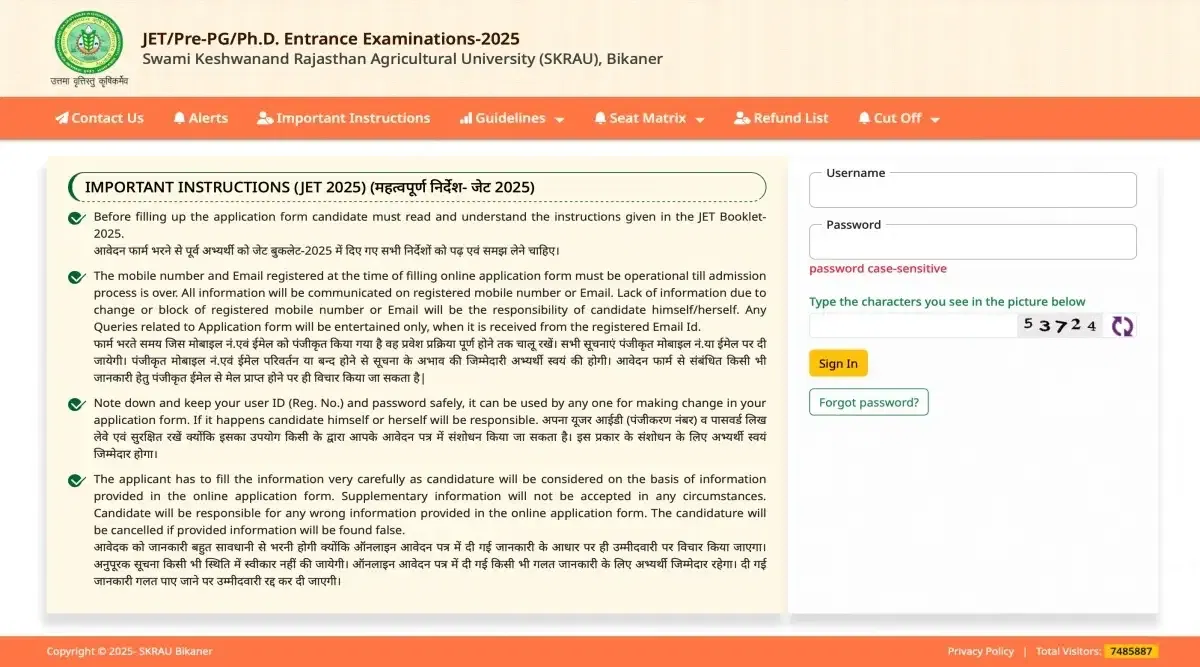

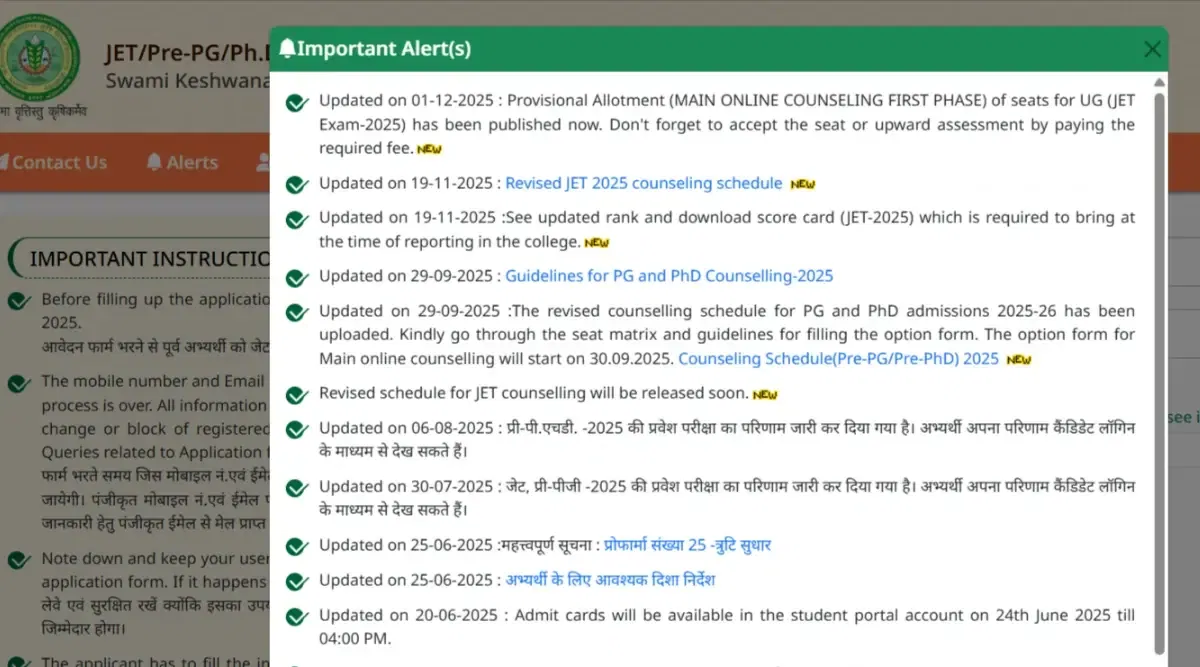
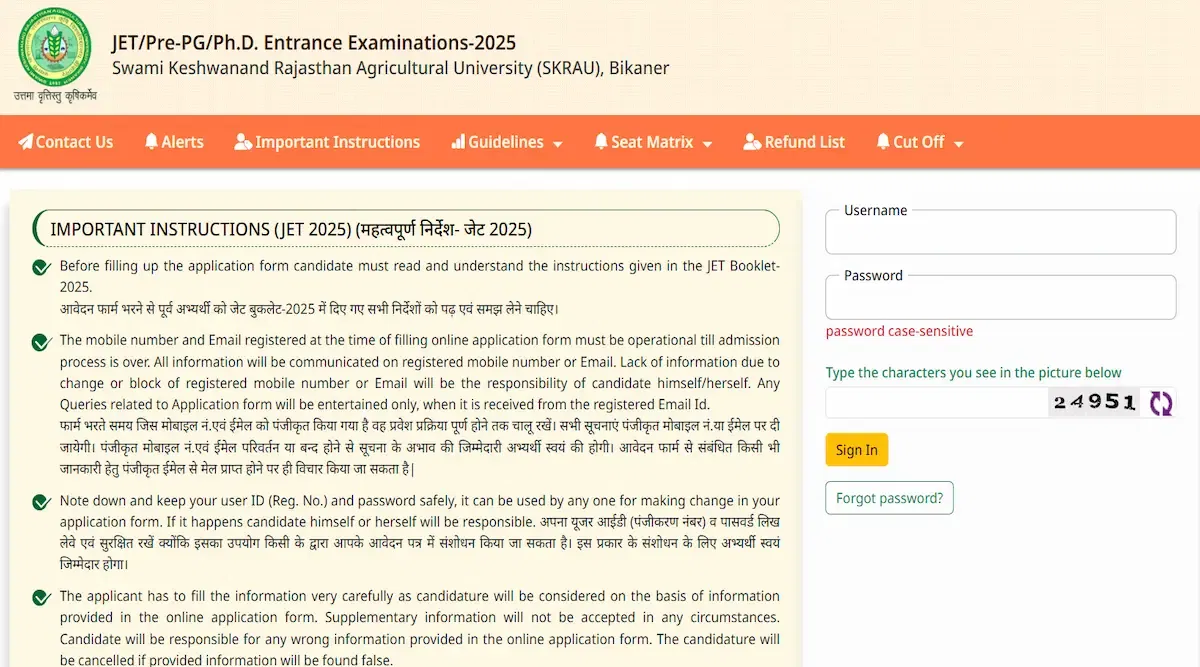



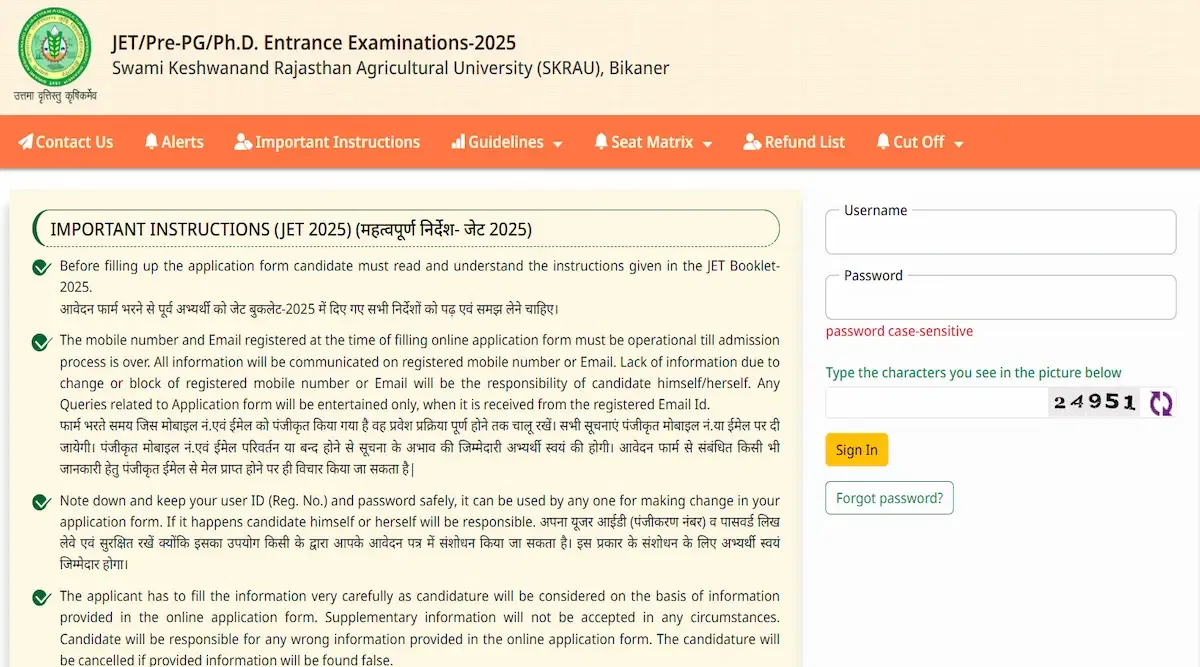
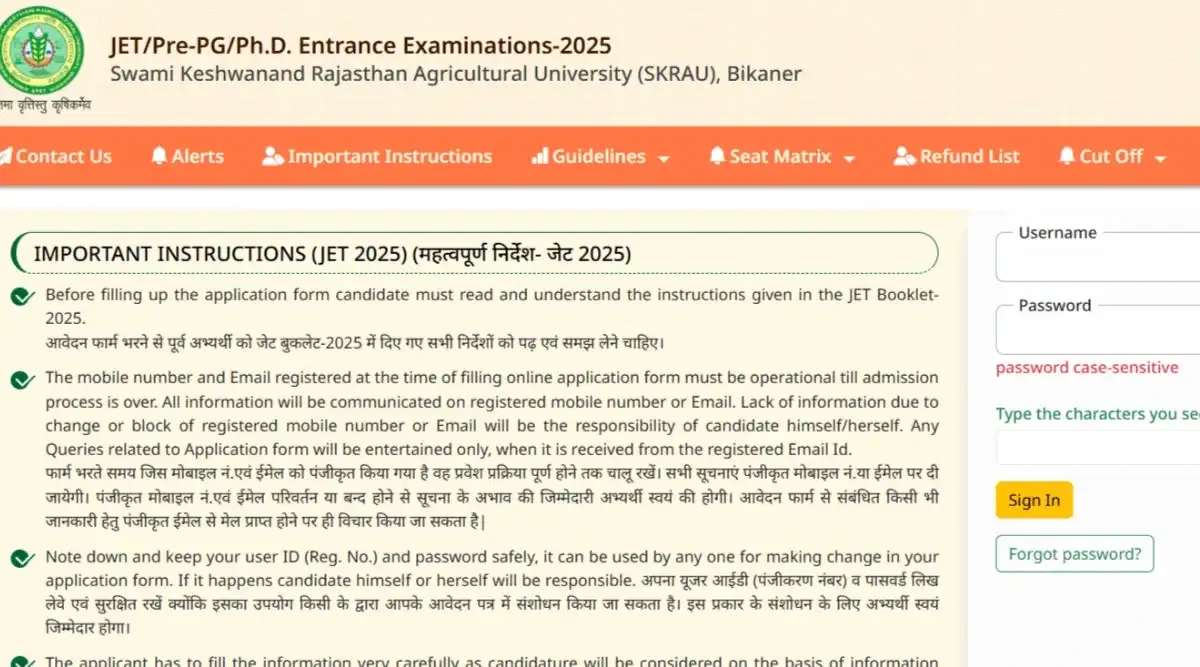


POST YOUR COMMENT